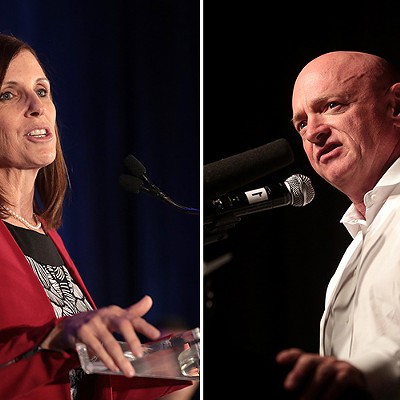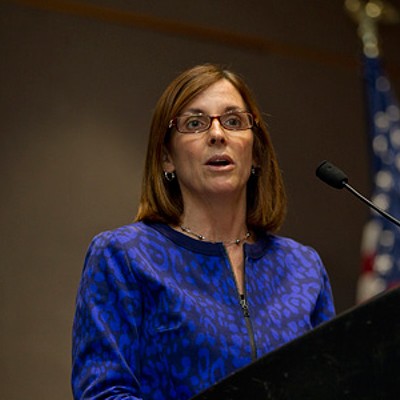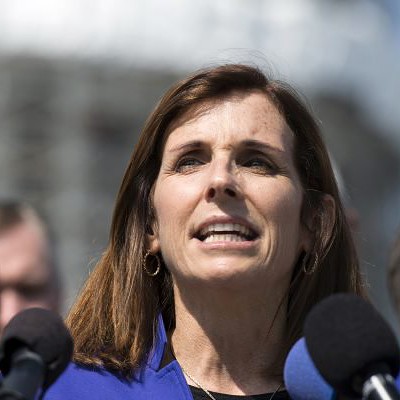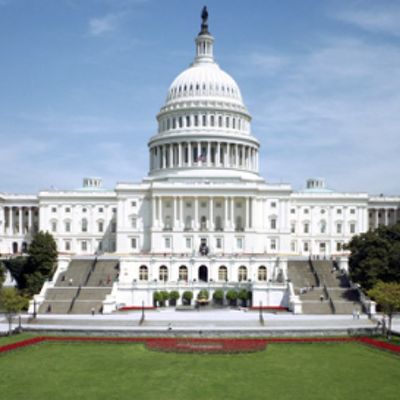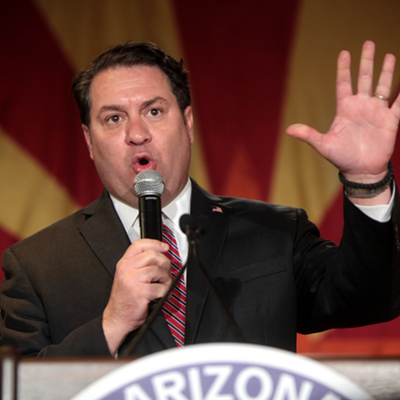HEALTH-CARE CHECKUP
One of the big questions for the Arizona Legislature is whether to extend health-care coverage to low-income Arizonans.
There's a small chance that the expansion won't be an issue—if Mitt Romney wins the presidency, somehow follows through with his promise to repeal the Affordable Care Act, and takes away the federal money that would fund the expansion across the country.
But if that doesn't happen, Arizona is one of the states that has to decide whether to extend AHCCCS coverage (which is Arizona's version of Medicaid) to people who earn up to 133 percent of the federal poverty level.
This is part of the ACA that's designed to help people who can't afford to purchase the mandated health insurance, which the U.S. Supreme Court ruled earlier this year was constitutional.
As part of that ruling, the justices also concluded that requiring the states to expand coverage to 133 percent of the federal poverty level or lose all their Medicaid funding was not constitutional, because it was too coercive—so the states have the option of complying with that part of the law.
To give you some idea of what we're talking about here, the poverty level for a family for three this year is $19,090, so under the Affordable Care Act, a single mom with two kids would be able to earn up to $25,390 and be eligible for Medicaid. In Arizona, that means the family would be covered by a private insurance plan subsidized by the state.
We've already seen some Republican governors, such as Texas' Rick Perry and Louisiana's Bobby Jindal, say they don't want to expand coverage in their state, even though the federal government will cover most of the costs in the immediate future.
But Arizona Gov. Jan Brewer has not ruled out accepting the funds. We don't expect that the Arizona Legislature will be eager to expand eligibility, given that lawmakers have balanced the budget over the last two years in part by rolling back a previous voter-approved expansion.
But Brewer is being lobbied by health-care professionals and the state's hospitals, many of which are experiencing a budget squeeze since the state reduced AHCCCS eligibility. They can no longer sign up patients that show up at the emergency room and require treatment.
From what we hear, Brewer is at least considering the major economic boost that expanding the AHCCCS rolls would have on Arizona's health-care industry—and the damage that will result to hospitals if she does not.
The Joint Legislative Budget Committee has estimated that the state will have to spend roughly $250 million in 2014 to get an additional $1.38 billion in federal health-care funds by expanding AHCCCS coverage to people living below 133 percent of the federal poverty line. The state's contribution then begins to drop, while the feds' contribution rises; the state is on the hook for $169 million the following year, while the feds contribute a staggering $1.82 billion. However, in 2020, the state's costs are projected to start rising again.
So there's a lot of money at stake—and hospitals would really like to be able to get a piece of it rather than close down their emergency rooms.
AHCCCS officials are now having meetings across the state to determine the future of the program. If you want to give some input, stop by the United Way Community Resource Campus, 330 N. Commerce Park Loop, between 1 and 3 p.m., Tuesday, Sept. 18.
AIR SKIRMISHES IN CD1
The air war is under way in Congressional District 1, where Democrat Ann Kirkpatrick is facing Republican Jonathan Paton.
Kirkpatrick, a former state lawmaker who represented a lot of the area in Congress for one term before getting knocked out of office by Republican Paul Gosar, is on TV with her first biographical ad, which focuses on her ties to the district.
Meanwhile, the Democratic Congressional Campaign Committee is already hammering away at Paton, a former state lawmaker who fell short in a GOP primary in his first congressional run two years ago.
The DCCC is spending $500,000 in ads that hit Paton on his work for the payday-loan industry, which has been a persistent thorn in his side.
Meanwhile, the National Republican Congressional Committee, which has reserved $900,000 in air time in the district, has launched its first ad, which links Kirkpatrick to Congresswoman Nancy Pelosi and criticizes Kirkpatrick's vote for the Affordable Care Act, because it could destroy jobs and raise taxes. The ad also highlights Paton's military service, as well as his vow to repeal the Affordable Care Act and cut taxes.
CD 1 is a sprawling district that includes areas in and around Marana and Oro Valley and heads up the eastern side of Arizona to take in Flagstaff and many of the tribal lands up north. Democrats have an 8 percentage-point voter-registration edge in the district, but when it comes to how well GOP candidates actually do in the district, it's pretty close to even odds.
Those stats have National Journal calling it a GOP-leaning district, but the magazine also names it No. 12 on the list of House seats most likely to flip to the opposite party. The National Journal House Race Hotline editor Scott Bland calls Kirkpatrick "a good fit for a seat that moved left in redistricting."
Charlie Cook of the Cook Political Report puts the seat in the "Republican Toss Up" column.
MEANWHILE, IN CD 2 ...
Speaking of those national rankings of House races: There's not much good news for Republican Martha McSally, the former fighter pilot who hopes to unseat Congressman Ron Barber, a Democrat who won the race to complete Gabrielle Giffords' term in the June special election.
The Cook Political Report has Congressional District 2 in the "likely Democratic" column, while the National Journal has dropped it from No. 64 to No. 72 on its list of seats likely to change parties.
"GOP polling shows a tight race between Barber and Martha McSally, but it would be exceedingly rare for the district's voters to turn on Barber so quickly after a special election, even if McSally is a strong candidate," notes the National Journal.
GOODBYE, WANDA
The Skinny would like to express our condolences to the family and friends of Wanda Shattuck, who died at age 78 on Wednesday, Sept. 5.
Local political strategist and radio talk-show host Emil Franzi remembers that Shattuck, a lifelong Tucsonan who helped elect a string of Pima County supervisors up in the Catalina foothills area, was "a good friend and one tough broad. She could kick ass and take names."
In addition to her success in electing county supervisors, Franzi recalls that Shattuck managed to kill a proposal for a freeway along the Rillito and Pantano riverbeds by pulling together environmentalists, anti-tax conservatives and small-business owners who would be affected by the project.
"She knew how to build coalitions," Franzi says.
Shattuck also led an effort to block future highway construction in the city of Tucson without voter approval.
Services are scheduled for 10 a.m., Saturday, Sept. 15, at St. Alban's Episcopal Church, 3738 N. Old Sabino Canyon Road.






